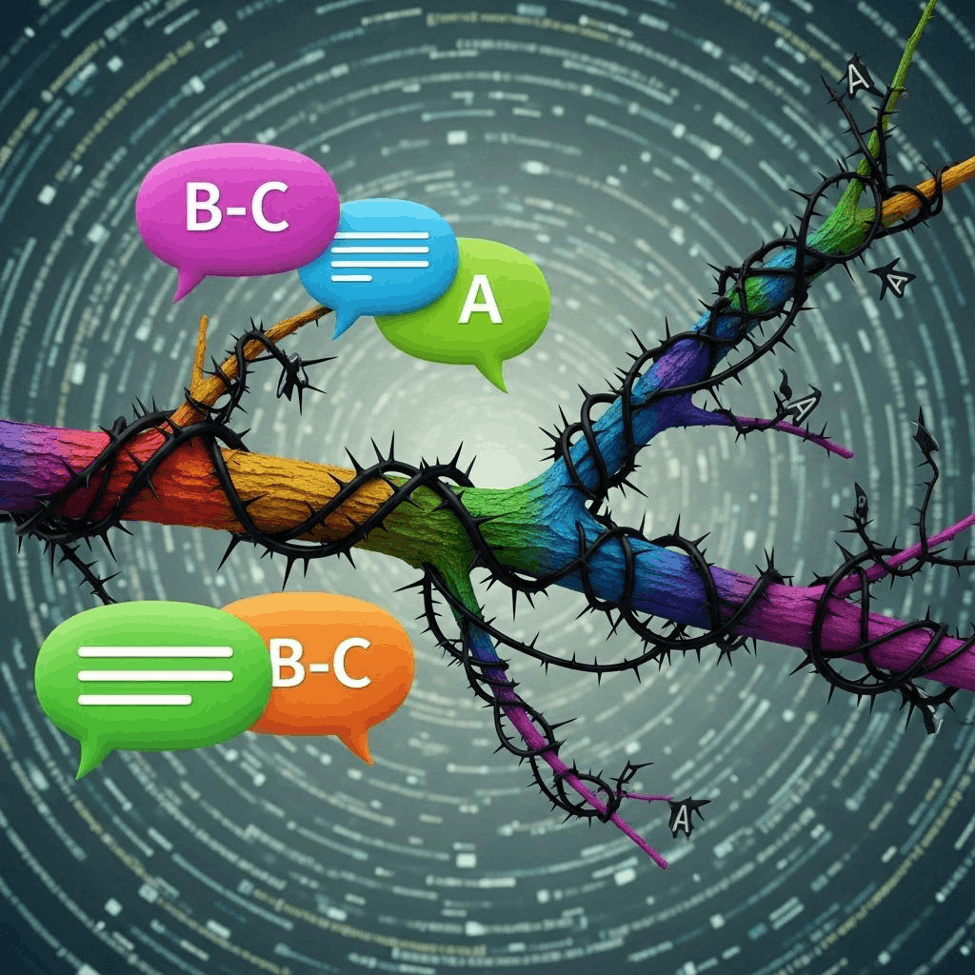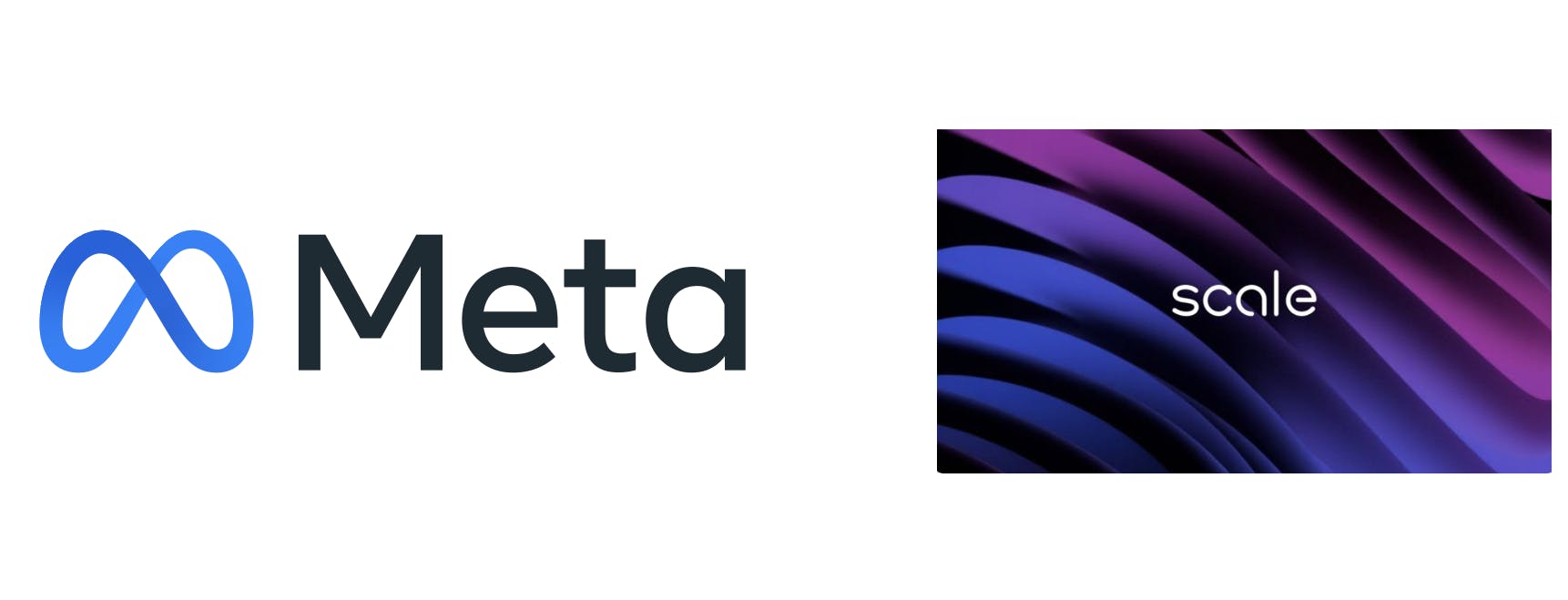#data-quality
#data-quality
[ follow ]
#ai #apache-spark #martech #deequ #ai-agents #machine-learning #ai-adoption #crm #data-engineering #data-governance
Artificial intelligence
fromLondon Business News | Londonlovesbusiness.com
1 month ago"Not every model error is a failure: often it's pure randomness": Andrei Marius Popescu qualifies the role of data - London Business News | Londonlovesbusiness.com
Accurate predictions require suitable models and high-quality data, while unmodeled human psychology or contextual shifts can cause unexpected failures.
fromInfoQ
1 month agoGrab Adds Real-Time Data Quality Monitoring to Its Platform
This engine takes topic data schemas, metadata, and test rules as inputs to create a set of FlinkSQL-based test definitions. A Flink job then executes these tests, consuming messages from production Kafka topics and forwarding any errors to Grab's observability platform. FlinkSQL was selected because its ability to represent stream data as dynamic tables allowed the team to automatically generate data filters for rules that could be efficiently implemented.
Software development
fromAdExchanger
1 month agoNew Report Finds That Quality Pays Off In Programmatic - And It's Not More Expensive | AdExchanger
Marketers instinctively know that better data and higher-quality media drive better outcomes. But bad habits are sticky and they die hard, said Jamie Barnard , CEO of Compliant, a startup that tracks data quality standards across digital media. The ad industry has "a volume-based mentality," said Barnard, who knows that struggle firsthand. He spent nearly 16 years at Unilever as its general counsel focused on global marketing, media and ecommerce before leaving in 2022.
Marketing tech
fromBusiness Insider
1 month agoHow AI can identify skill gaps in the workforce
As technology continues to advance and companies look to remain competitive in meeting market demand, the skills that employees will need are also evolving. A growing number of companies are exploring how to address these skills and workforce gaps with artificial intelligence. HR can use AI to reveal "patterns and gaps" and benchmark "current workforce skills against evolving business needs or industry trends," said Lauren Winans, CEO and principal human resources consultant at Next Level Benefits.
Artificial intelligence
fromwww.nature.com
1 month agoRetraction Note: The economic commitment of climate change
The authors have retracted this paper for the following reasons: post-publication, the results were found to be sensitive to the removal of one country, Uzbekistan, where inaccuracies were noted in the underlying economic data for the period 19951999. Furthermore, spatial auto-correlation was argued to be relevant for the uncertainty ranges. The authors corrected the data from Uzbekistan for 19951999 and controlled for data source transitions and higher-order trends as present in the Uzbekistan data.
fromThe Verge
1 month agoX's messy About This Account rollout has caused utter chaos
Yesterday X started rolling out a new About This Account feature, which included what country the account was created from and what country the account is "based" in (which is different from "connected via"). Head of product at X, Nikita Bier, was quick to say that there were " a few rough edges," but promised they'd be resolved by Tuesday.
Tech industry
fromMarTech
1 month agoThe overlooked infrastructure problem holding personalization back | MarTech
Within five years, saying your platform offers personalized recommendations will sound as dated as asking someone to rewind the tape. Personalization has already shifted from competitive differentiator to baseline expectation - and the transition is moving faster than most marketing teams realize. The evidence is already visible: 61% of consumers will abandon brands that miss the mark, and 65% expect companies to understand their needs without being told.
Marketing tech
fromMedium
1 month agoEmbracing Pluralism: Moving Beyond the "Gold Standard" in AI Evaluation with Dr. Lora Aroyo
Dr. Lora Aroyo, Senior Research Scientist at Google DeepMind, argues that this assumption no longer holds up. Her research at the intersection of data-centric AI and pluralistic alignment challenges the binary worldview that underpins most AI systems. Instead of seeking a single "gold standard" answer, she advocates for embracing disagreement, diversity, and pluralism as the foundation of more reliable, culturally aware AI.
Artificial intelligence
fromMarTech
1 month agoData readiness is the missing foundation of AI-powered marketing | MarTech
Our industry is rushing headlong toward an AI-powered future. The promise is captivating: intelligent systems that can predict market shifts, personalize customer experiences and drive unprecedented growth. Yet in that race, many organizations are short-changing or even skipping a critical first step. They are building sophisticated engines but trying to run them on unrefined fuel. The result is a quiet crisis of confidence, where powerful technology underwhelms because the marketers don't trust the data it relies on.
Data science
EU data protection
fromBenzinga
2 months agoVerified Data Becomes A Must-Have For B2B Marketers - BookYourData Leads The Charge
Verified, accurate, and ethically sourced contact data reduces marketing costs, increases targeting precision, improves ROI, supports compliance, and enables AI-driven personalization.
fromArs Technica
2 months agoResearchers show that training on "junk data" can lead to LLM "brain rot"
On the surface, it seems obvious that training an LLM with "high quality" data will lead to better performance than feeding it any old "low quality" junk you can find. Now, a group of researchers is attempting to quantify just how much this kind of low quality data can cause an LLM to experience effects akin to human "brain rot."
Artificial intelligence
fromMarTech
3 months agoHow to get your organization aligned for the AI age | MarTech
Over 40 minutes, the panel returned again and again to three themes: data quality, organizational alignment and cultural readiness. The consensus was clear: AI doesn't create order from chaos. If organizations don't evolve their culture and their standards, AI will accelerate dysfunction, not fix it. Clean data isn't optional anymore Allen set the tone from the executive perspective. He argued that enterprises must build alignment on high-quality, structured and standardized data within teams and across workflows, applications and departments.
Marketing
Privacy professionals
fromLondon Business News | Londonlovesbusiness.com
3 months agoHow London SMEs turn customer data into smarter growth in 2025 - London Business News | Londonlovesbusiness.com
Reliable, validated first-party client data and lightweight data-quality tooling are essential foundations for SMEs to scale, comply, and enable analytics/AI safely.
fromGrocery Dive
3 months agoThe hidden risk that could sink retail media's $176.9B promise
Retail media promises billions in new revenue, but for grocers, the real test is whether their data can deliver. By 2025, RMN revenue is projected to hit $176.9 billion globally, overtaking combined TV and streaming revenues and accounting for 15.9% of total ad spend ( GroupM, This Year Next Year 2024 ). For grocery retailers running on razor-thin margins, this feels like salvation.
Marketing
fromFortune
3 months agoOne of the most common reasons that AI products fail? Bad data | Fortune
"What we had noticed was there was an underlying problem with our data," Ahuja said. When her team investigated what had happened, they found that Salesforce had published contradictory "knowledge articles" on its website."It wasn't actually the agent. It was the agent that helped us identify a problem that always existed," Ahuja said. "We turned it into an auditor agent that actually checked our content across our public site for anomalies. Once we'd cleaned up our underlying data, we pointed it back out, and it's been functional."
Artificial intelligence
EU data protection
fromExchangewire
4 months agoAxeptio & TAGGRS Partner to Help Marketers Regain Control of their Data
Axeptio and TAGGRS partnered to deliver EU-compliant, high-performance server-side tracking that restores marketers' data quality and control amid browser restrictions and ad blockers.
fromTheregister
4 months agoUS government lacks clarity into its infosec workforce
The Government Accountability Office (GAO) said that data it reviewed from 23 key US government agencies (out of 24, as the Pentagon was excluded from this report) indicated there were at least 63,934 full-time federal cybersecurity employees, costing the government around $9.3 billion per year. An additional 4,151 contractors were reported to the GAO, and those cost taxpayers an additional $5.2 billion.
Information security
Artificial intelligence
fromBusiness Matters
4 months agoUK AI investment hits record 2.9bn as Britain strengthens global leadership
UK AI investment reached a record £2.9 billion, placing the UK second globally and prompting government support, an AI assurance roadmap, and industry-focused growth measures.
fromwww.npr.org
7 years agoThe School Shootings That Weren't
We were able to confirm just 11 reported incidents, either directly with schools or through media reports. In 161 cases, schools or districts attested that no incident took place or couldn't confirm one. In at least four cases, we found, something did happen, but it didn't meet the government's parameters for a shooting. About a quarter of schools didn't respond to our inquiries.
Education
fromLitmus
5 months ago2025 State of Email Crossover Recap: Breaking Down our Latest Report
Email marketers face numerous challenges in 2025, including low engagement rates, data quality issues, accurately measuring ROI, and personalization. Experts highlight the need for collaboration across departments to overcome these obstacles.
E-Commerce
fromFortune
5 months agoData quality at risk as federal workforce shrinks, says top economist
Government workers have important jobs that are critical to providing important services to taxpayers. If jobs are cut and those services aren't provided or aren't provided in a timely and competent way, there can be significant negative fallout.
US politics
fromFlowingData
5 months agoFederal data more at risk, a report from American Statistical Association
The year two status report stresses how the situation is worsening. Declining budgets, staffing constraints, and inadequate statistical integrity protections identified in the 2024 report have intensified in recent months.
US politics
fromTechCrunch
6 months agoiMerit believes better quality data, not more data, is the future of AI | TechCrunch
What's become exceedingly important is the ability to attract and retain the best cognitive experts... to take these large models and make them very customized towards solving enterprise AI problems.
Tech industry
fromTechCrunch
6 months agoAI is forcing the data industry to consolidate - but that's not the whole story | TechCrunch
There is a complete reset in how data is managed and flows around the enterprise. If people want to seize the AI imperative, they have to redo their data platforms in a very big way. And this is where I believe you're seeing all these data acquisitions, because this is the foundation to have a sound AI strategy.
Data science
fromHackernoon
1 year agoLimitations of Current Biomedical Text Mining Community Challenges | HackerNoon
The evaluation tasks within the biomedical text mining community face significant limitations, particularly regarding data representativeness, quality, and participant innovation in solution development.
Online Community Development
Marketing tech
fromSearch Engine Roundtable
8 months agoGoogle Analytics Makes Updates To Campaign Data Quality & Attribution Reporting (Data not available)
Google Analytics has updated its attribution reporting to enhance data quality and minimize misattribution issues.
A new label '(data not available)' will identify missing data in reports.
fromHackernoon
1 year agoScientists Built a Smarter, Sharper Materials Graph by Teaching AI to Double-Check Its Work | HackerNoon
In our research, we successfully designed a functional material KG by employing fine-tuned large language models (LLMs), assuring traceability throughout the information process.
Media industry
Scala
frommedium.com
8 months agoSpark Scala Exercise 24: Error Handling and Logging in SparkBuild Safe, Auditable ETL Pipelines
Build a defensive Spark ETL pipeline to ensure robust data processing.
Handle data issues like schema mismatches and corrupt records effectively.
Implement custom logging and audit trails for better failure management.
[ Load more ]





































